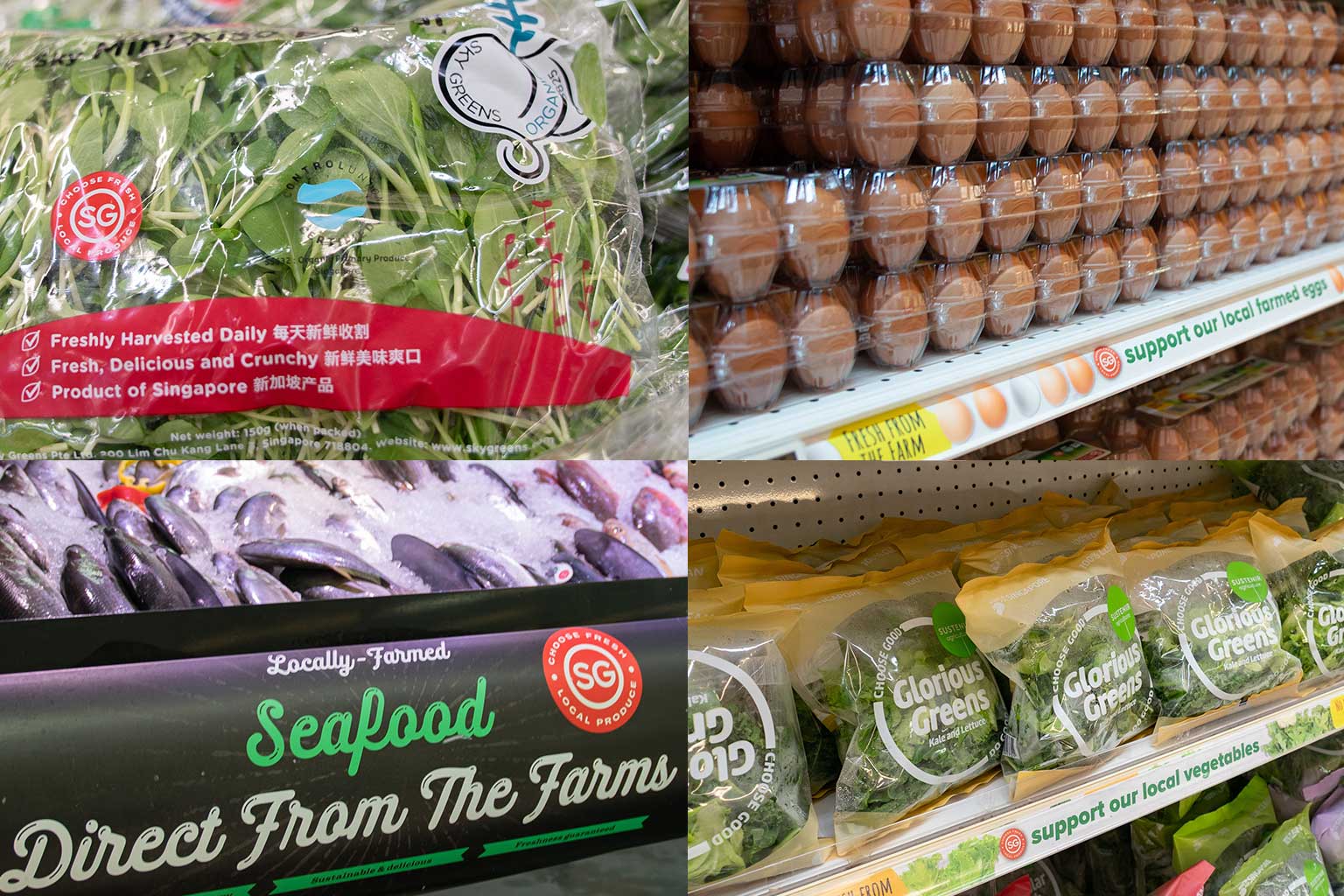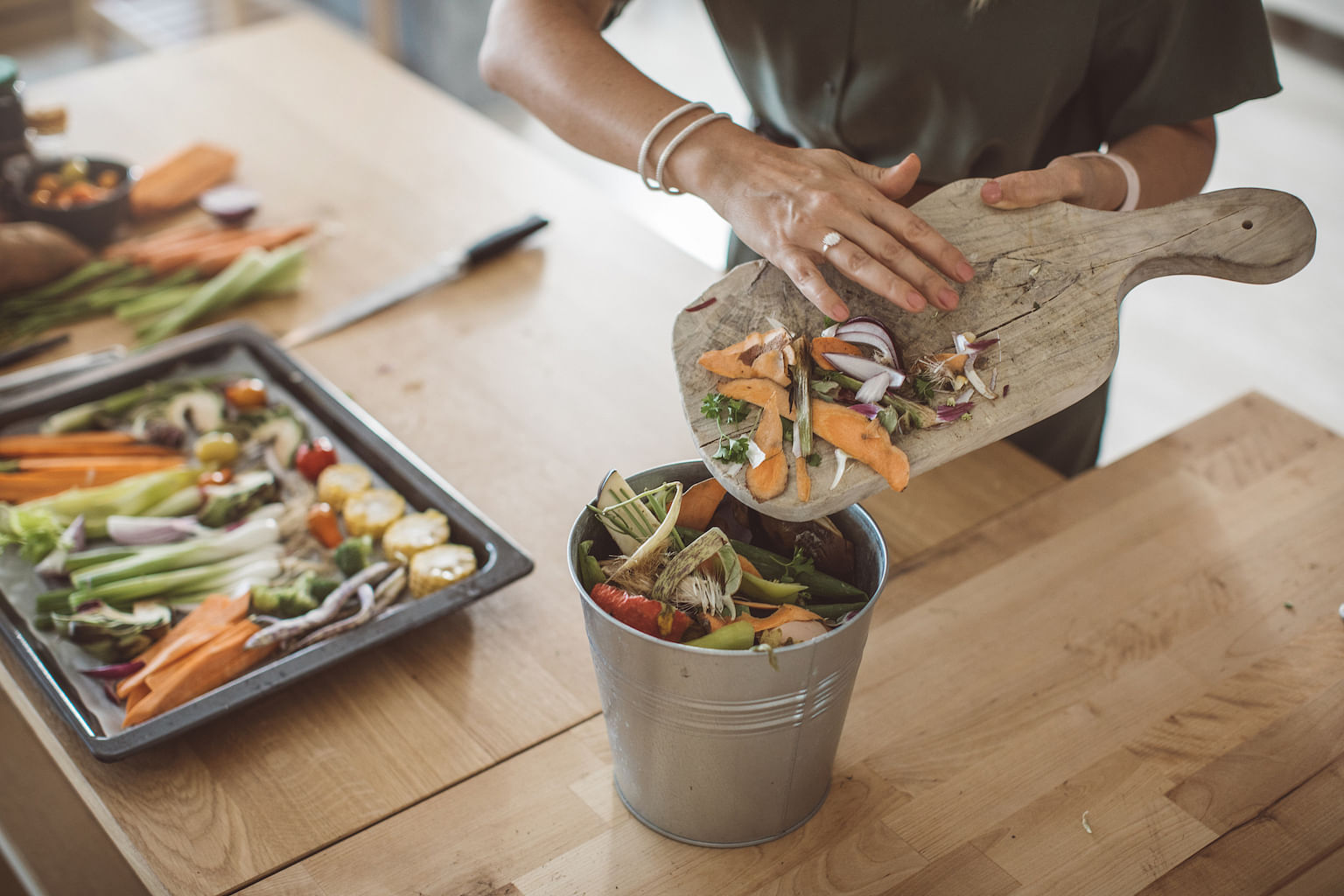With most people spending more time at home these days, you've probably noticed that your energy and water usage - including those utility bills - is on the uptick. And then there's the growing pile of packaging you get from your online purchases and food deliveries.
If this has gotten you concerned about sustainability and your environmental impact, find out how you can get more involved during Climate Action Week, which is an annual movement organised by the Ministry of Sustainability and the Environment to rally people and communities to take collective climate action.
From July 12 to 18 this year, over 60 partners are organising 120 activities throughout the week - some open for public sign ups - to raise public awareness about climate change and environmental issues.
Besides participating in the week's festivities, there are also other ways you can take climate action whilst you're at home. Read on to find out how you can help achieve the Singapore Green Plan 2030 vision.
Set up a recycling corner

According to the National Environment Agency, about 5.88 million tonnes of solid waste was generated last year. Of this, only 3.04 million tonnes was recycled. You can help reduce the amount of waste generated by recycling more. For a start, you can start a recycling corner at home. Repurpose a good-sized cardboard box to hold all your recyclables - whether it's paper, plastic, glass or metal. (Recycling is easy in Singapore, you don't even need to sort!) If you have kids at home, you can also get them to decorate the recycling box as a craft activity.
It's a good practice to keep your recyclables clean and dry. Do remember to empty and wash the oily food containers before putting them in your recycling corner. This means no half-drunk cans of soda too. (You don't want ants to visit your home, do you?). Once the box in your recycling corner is full, it's time to make a trip to the nearest recycling bin. Blue recycling bins can be found at every block in HDB estates and are provided to every household living in landed homes. All condominiums also have recycling bins within their estates.
The Singapore Green Plan 2030 aims to reduce the total waste generated by 30 per cent per capita per day by 2030. Your efforts will help to ensure that the Semakau Landfill - the only one here - doesn't fill up fast.

To find out what can and cannot be placed in the blue recycling bins, visit Clean & Green Singapore at cgs.gov.sg/recycleright.
Buy local produce and grow a mini edible garden

One of the goals of the Singapore Green Plan 2030 is to enhance our food resilience by increasing our local food production. What's good about local produce is that it's usually fresher and has a smaller carbon footprint because the food will take a shorter journey to reach you. If you are wondering where to find local produce, just look out for the "SG Fresh Produce" logo when you're next at the supermarket!

If you're game to go a little further, you can also try to exercise your green thumbs and grow your own greens. Nothing beats eating the freshly harvested vegetables you tended to yourself - not to mention the well-deserved bragging rights and compliments you will get from posting your success on social media.
If you have kids, growing edibles is also a good chance to teach them about gardening and the life cycle of a plant, and encourage them to eat more vegetables.
Getting started is as easy as checking your pantry: sprouting onions or sprigs of basil, rosemary and mint can be placed in water to encourage rooting. Tomatoes and chilli plants grow well from seeds set aside after your meal and some leafy vegetables, like nai bai or Shanghai greens, can be regrown once or twice as long as you leave at least 2.5cm of the stems intact when you cut off the tops for dinner.
If you'd prefer to start your garden from seeds, you can also sign up for the National Parks Board's Gardening with Edibles initiative, which not only conducts masterclasses on growing your own greens, but also gives out free seed packs to successful registrants.
Set up a home compost bin

Even though dining out is now allowed in groups of five, many families still prefer to cook and eat at home to avoid the crowds. To reduce food waste when cooking, plan your meals carefully and buy only what you need. You can also compost vegetable scraps and fruit peels to use as fertiliser for your edible garden!
When composting, alternate layers of dry brown materials - dry leaves, cardboard egg trays, wood chips and newspapers - with wet green materials - leafy vegetable scraps, fruit peels, grass clippings, eggshells and odour-eliminating coffee grounds. Do not throw meat, dairy or greasy items into your compost bin.
Your efforts to reduce food waste at home will contribute towards Singapore's 2030 target to reduce waste sent to Semakau Landfill by 30 per cent.
Make your own window treatments

Singapore has more air-conditioners per capita than any other South-east Asian countries. Air-conditioning generates a sizeable portion of carbon emissions and accounts for up to a quarter of an average Singaporean household's electricity consumption.
The Singapore Green Plan 2030 aims to moderate the rise in urban heat and keep our homes cool in energy-efficient ways. One way is through the use of heat-reflective cooling paint on the facades of HDB blocks. Even if your home isn't on this pilot scheme yet, here's an easy DIY idea that will help to keep the heat out.
Measure the window you want to cover and make a paper template of the desired size (tip: use recycled paper). Tape the template to the window to check that it fits exactly how you'd like it to and falls to the desired length.
Lay your template over the back of your chosen fabric (you can use old clothes or bed sheets) and cut around it, leaving 2.5cm to 5cm all round to hem in for neatness. You can use adhesive velcro tape to attach them to your window frames or add fabric strips for a tie-top style. Alternatively, fold over at the top and glue or sew in a gutter, so you can hang them on a curtain or tension rod. You can even thread in ribbons, so you can roll them up like Roman blinds.
Go for a spin on two wheels

With work-from-home still being the default, spending entire days, weeks or even months at home could lead to a sedentary lifestyle, not to mention a bad case of cabin fever. So when you have the chance to take a break from work - and the home - grab a bike and go for a spin around your neighbourhood or through Singapore's large network of park connectors.
Cycling is not only great exercise, it's also an eco-friendly way to discover Singapore from another perspective. What's more, the Singapore Green Plan 2030 is working to benefit you; it aims to triple cycling paths and park connectors from 460km today to 1,320km as part of the push for greener commutes.
But don't just go alone. Round up everyone at home and make it a family day out with fun activities like vlogging about your journey to share fun routes, sights and experiences like the Great Singapore Cycle!
-
To find out more about Climate Action Week and sign up for activities, click here.


